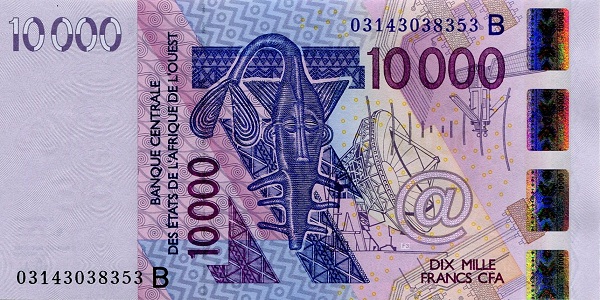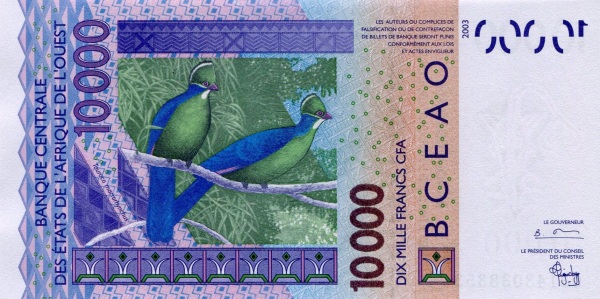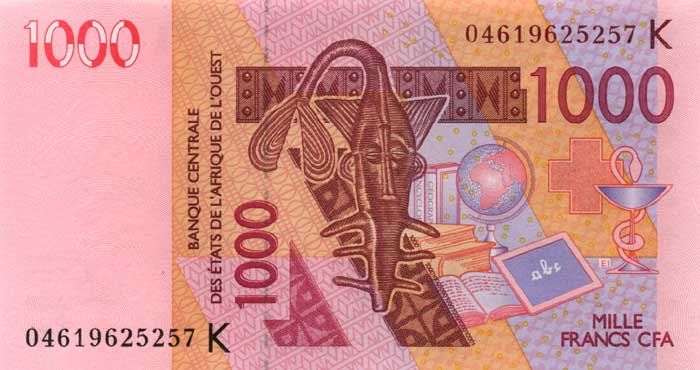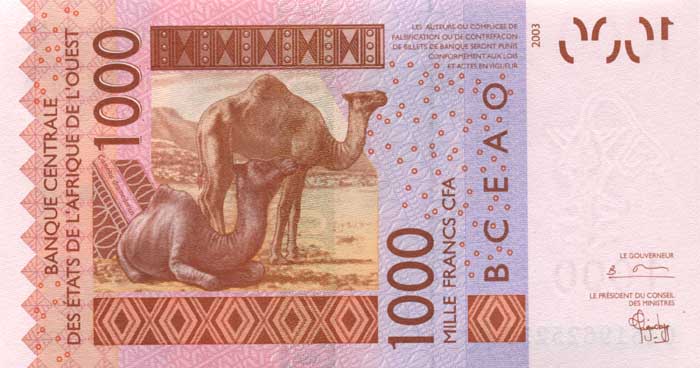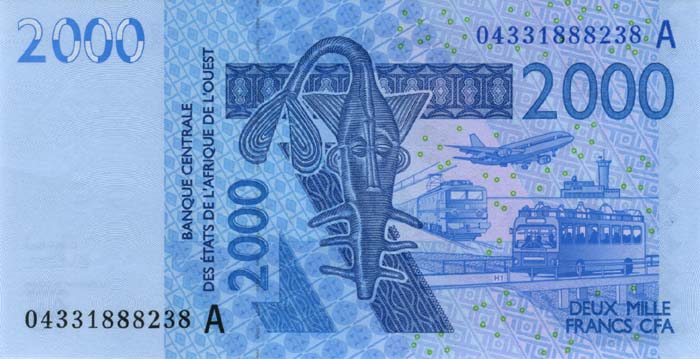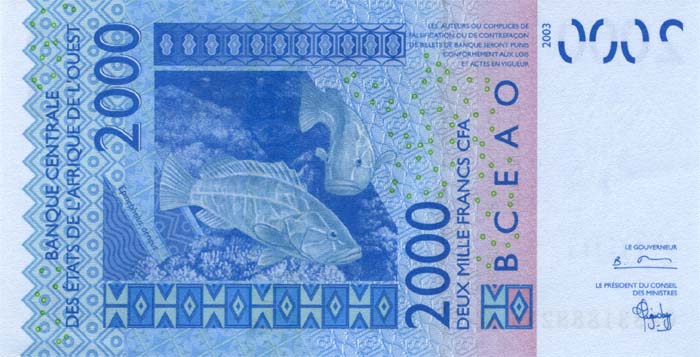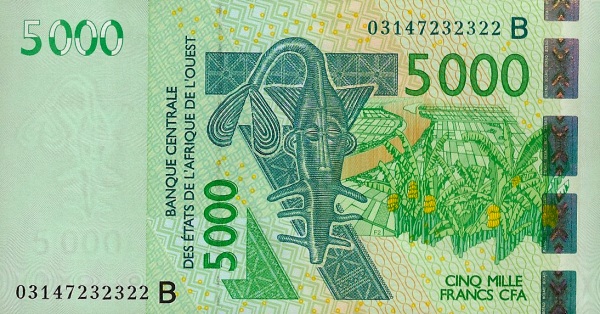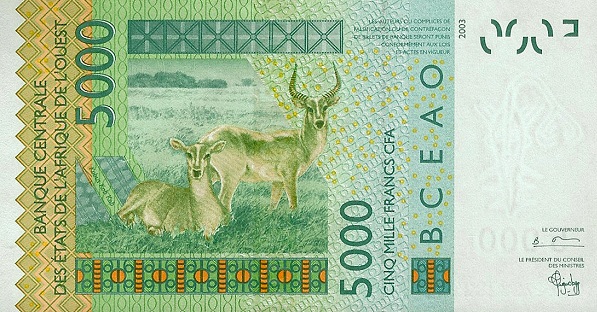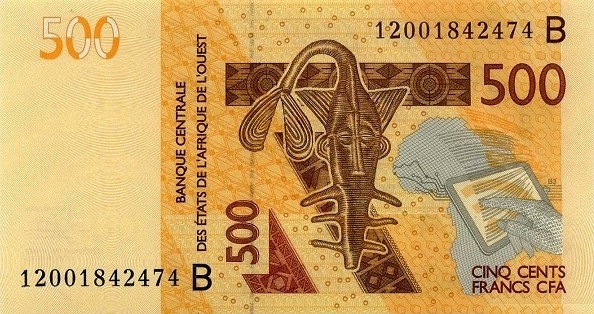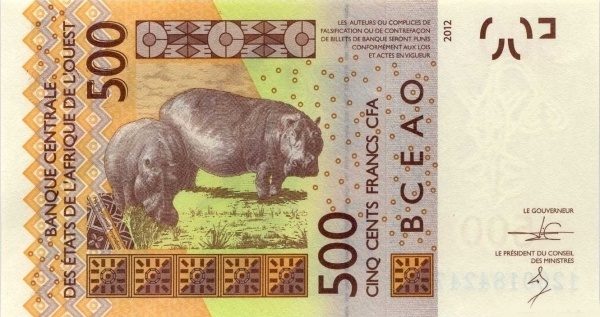Exploring Guinea-Bissau: A Land of Rich History and Culture
Guinea-Bissau, a vibrant tropical country located along the Atlantic Ocean, lies strategically between Senegal and Guinea. This nation boasts both a larger continental area and a smaller insular expanse, which includes the captivating Bijagós Archipelago. With its stunning coastlines and diverse ecosystems, Guinea-Bissau draws the attention of travelers and historians alike.
Historical Background of Guinea-Bissau
Historically, the territory that we now refer to as Guinea-Bissau formed part of the powerful Kaabu Empire, a Mandinka kingdom that thrived from 1537 to 1867. This rich legacy continued as the region became a province of the illustrious Mali Empire. During the 19th century, colonial powers established Guinea-Bissau as a Portuguese colony, under the name Portuguese Guinea. Nevertheless, the country's determined fight for freedom culminated in independence in September 1973, marking a significant milestone in its history.
Geographical Features of Guinea-Bissau
Covering an area of approximately 36,125 square kilometers, Guinea-Bissau is somewhat smaller than Switzerland and slightly larger than Maryland in the United States. The nation consists of diverse natural landscapes, characterized primarily by flat terrain that experiences daily tidal influences, reaching as far as 100 kilometers inland. To the east, the terrain shifts to savanna, further demonstrating the geographical variety intrinsic to the country.
Climate and Seasons
Guinea-Bissau enjoys a tropical climate, characterized by typically hot and humid conditions. The country witnesses a pronounced rainy season that occurs between June and November. During this period, the lush vegetation flourishes, transforming the landscape into a vibrant oasis teeming with life.
Demographics of Guinea-Bissau
As of 2016, Guinea-Bissau is home to approximately 1.54 million people. The capital city, Bissau, serves as the largest urban center, housing about 390,000 residents. This multicultural nation embodies a rich tapestry of ethnic diversity, primarily consisting of groups such as Balanta (30%), Fula (20%), Manjaca (14%), and Mandinga (13%).
Cultural Heritage and Language
The official language is Portuguese, but many West African languages and Guinea-Bissau Creole, the country's lingua franca, also flourish. This multilingual environment enriches the cultural experiences found within Guinea-Bissau, making communication a fascinating aspect of daily life.
Political Landscape of Guinea-Bissau
The political history of Guinea-Bissau reflects both resilience and turmoil. Following its hard-fought independence in 1974, the country struggled with instability marked by a series of coups. In 1980, Joao Bernardo 'Nino' Vieira rose to power through a military coup, although his rule faced scrutiny due to authoritarian practices. Despite attempts to implement a market economy and foster a multiparty system, Vieira's governance often ignited tensions and political strife.
In the wake of repeated coup attempts throughout the 1980s and early 1990s, a turning point arose when Vieira was elected president during the first free elections in 1994. However, the political climate remained fraught, as a military mutiny led to a civil war in 1998, resulting in Vieira's ousting in 1999. Subsequently, Kumba Yala assumed leadership after winning transparent elections in February 2000, but his presidency faced an abrupt end due to another military coup in 2003.
Recent Developments
Despite the challenges, Guinea-Bissau continues to navigate its political evolution. A turning point occurred in 2005 when Vieira returned to authority after years of exile, promising economic development and national unity. Tragically, his tenure came to an end with his assassination in 2009, leading to a new chapter under President Malam Bacai Sanhá.
Economic Insights into Guinea-Bissau
While Guinea-Bissau possesses a wealth of natural resources, such as fish and timber, it struggles to exploit some of its mineral deposits like bauxite and phosphate. Nevertheless, offshore petroleum exploration represents a potential for future economic growth. The primary agricultural products include cashews, tropical fruits, rice, and peanuts, reflecting the agricultural richness of the land.
Trade and International Relations
The economy of Guinea-Bissau relies heavily on exports, primarily focusing on commodities like bauxite, gold, diamonds, and fish. Key trading partners include India, Spain, and Germany, highlighting the importance of international relationships for the nation's economic stability. On the import side, the country sources petroleum products, machinery, and textiles, predominantly from China and the Netherlands.
Social Aspects of Guinea-Bissau
Notably, religion plays an integral role in the lives of the Bissau-Guineans. Approximately 50% of the population adheres to indigenous beliefs, while 45% practice Islam. Conversely, a smaller segment of just 5% identifies as Christian. This amalgamation of beliefs further enriches the cultural fabric of Guinea-Bissau, infusing daily life with unique traditions and lifestyles.
Education and Literacy Challenges
Despite the vibrant culture and rich history, Guinea-Bissau faces challenges in education, with a literacy rate hovering around 40%. Efforts to improve educational outcomes remain crucial for the nation’s development, as literacy serves as a vital cornerstone for economic and social advancement.
Conclusion: Guinea-Bissau's Journey Forward
In conclusion, Guinea-Bissau stands as a testament to resilience and cultural richness. The journey of this West African nation from a colonial past toward independence is marked by challenges and triumphs. As Guinea-Bissau continues its path towards political stability and economic development, its unique history and vibrant culture will undoubtedly remain key elements of its identity.
Largest cities of: Guinea-Bissau
| City Name | Population | Year of foundation | |
| Bissau | 430,000 | 1765 | |
| Bolama | 14,500 | 1862 | |
| Cacheu | 12,000 | 1763 | |
| Gavin | 9,000 | circa 1753 | |
| Quinhamel | 8,500 | circa 1750 | |
| Bafatá | 8,000 | 1753 | |
| Catio | 6,500 | 1753 | |
| Sonaco | 5,000 | n/a |
Guinea-Bissau: Money
